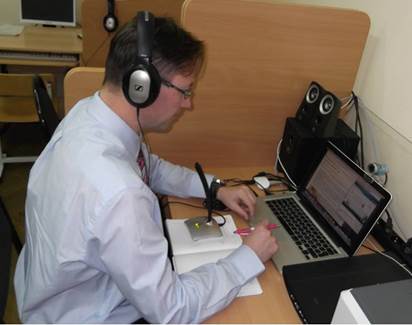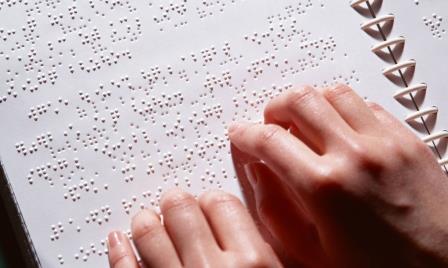1. Federal'nyj zakon ot 27.07.2006 N 149-FZ (red. ot 28.07.2012) «Ob informacii, informacionnyh tekhnologiyah i o zashchite informacii» [EHlektronnyj resurs]. – http://pravo.gov.ru/proxy/ips/?docbody=&prevDoc=102349480&backlink=1&&nd=102108264
2. Glossarij Internet marketinga [EHlektronnyj resurs]. – Rezhim dostupa: http://glossary-internet.ru/terms/%D0%98/4696/
3. Gotskaya I. B. Analiticheskaya zapiska «Vybor sistemy distancionnogo obucheniya», RGPU im. A. I. Gercena [EHlektronnyj resurs] / I.B. Gotskaya, V.M. ZHuchkov, A.V. Korablev // Rezhim dostupa: URL: http http://ra-kurs.spb.ru/2/0/2/1/?id=13
4. Stallman Richard, Cloud computing is a trap [EHlektronnyj resurs]. – Rezhim dostupa: https://www.theguardian.com/technology/2008/sep/29/cloud.computing.richard.stallman
5. Stupina M. V. Postroenie informacionno-obrazovatel'noj sredy: tekhnologicheskij aspekt (na primere ispol'zovaniya oblachnyh servisov) / M.V. Stupina // Pedagogicheskoe obrazovanie v Rossii, 2016. – № 2. – S. 71–77. / Rezhim dostupa: http://cyberleninka.ru/article/n/postroenie-informatsionno-obrazovatelnoy-sredy-tehnologicheskiy-aspekt-na-primere-ispolzovaniya-oblachnyh-servisov
6. SHekerbekova SH. Vozmozhnosti vnedreniya i ispol'zovaniya oblachnyh tekhnologij v obrazovanii / SH. SHekerbekova, U. Nesipkaliev // Mezhdunarodnyj zhurnal prikladnyh i fundamental'nyh issledovanij. №6, 2015. – S. 51–55. / Rezhim dostupa: http://cyberleninka.ru/article/n/vozmozhnosti-vnedrenie-i-ispolzovanie-oblachnyh-tehnologiy-v-obrazovanii
7. Sirotkin A.YU. Pedagogicheskij potencial oblachnyh tekhnologij v vysshem obrazovanii / A.YU. Sirotkin// Psihologo-pedagogicheskij zhurnal Gaudeamus, 2014. – № 2 (24). – S. 35–42. / Rezhim dostupa: http://cyberleninka.ru/article/n/pedagogicheskiy-potentsial-oblachnyh-tehnologiy-v-vysshem-obrazovanii













